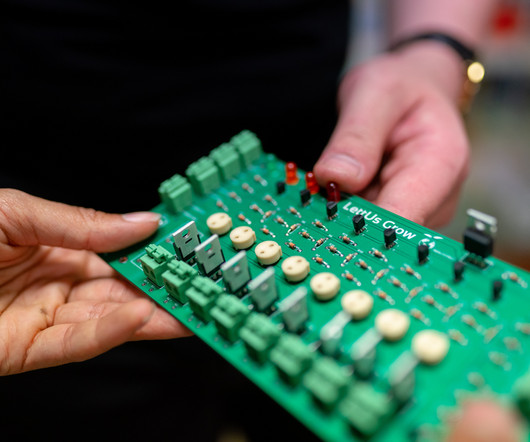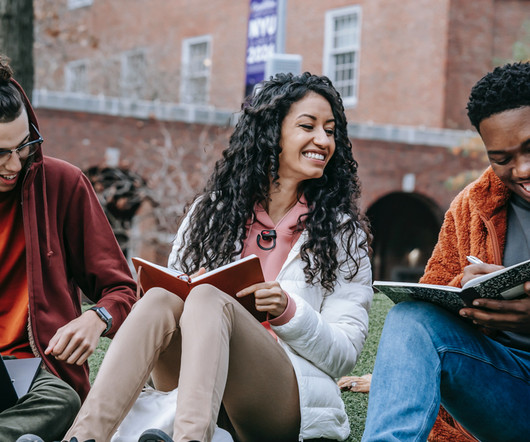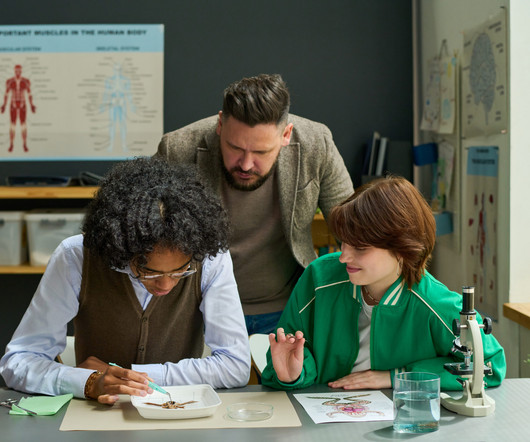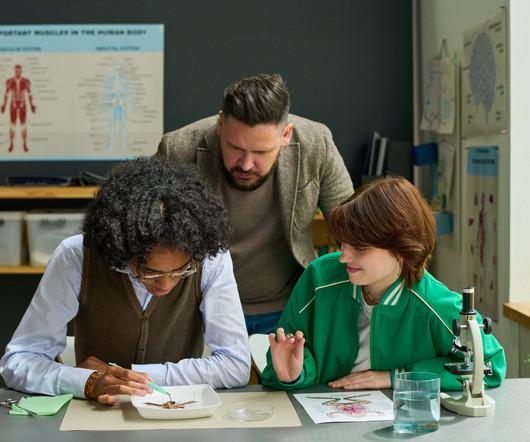Integrating Active Learning in Large STEM Lectures
Scholarly Teacher
NOVEMBER 13, 2024
Gabriele Pinto , Baylor University Key Statement: Implementing elements of active learning into a large course may seem daunting task, but think-pair-share aided by quizzing and clickers can be done in any size classroom. Depending on the classroom setup, group work can also be chaotic and auditorily overwhelming.













Let's personalize your content